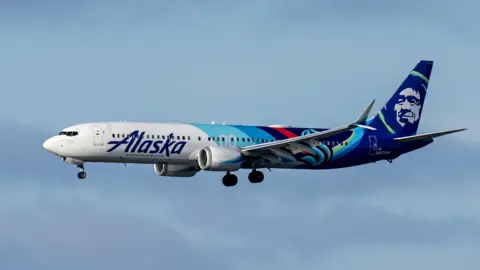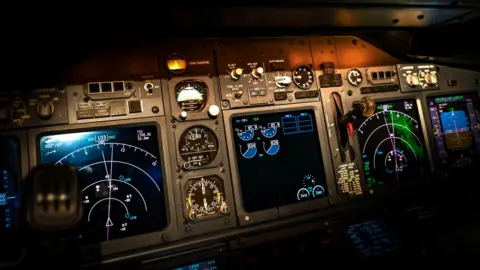In the aftermath of June's catastrophic Air India crash, which tragically resulted in 270 fatalities, a wave of apprehension has rippled through India's aviation sector. As domestic passenger air traffic has more than doubled since 2014, questions surrounding the safety of India's skies have emerged prominently.
"The safety protocols in India have always held up, both historically and presently," claims Faiz Ahmed Kidwai, chief of the Directorate General of Civil Aviation (DGCA), in an interview with the BBC. According to Kidwai, India's performance in international safety metrics is commendable, consistently exceeding the global average, except during years of significant accidents.
Previously, tragic incidents such as the Air India Express Flight 1344 crash in 2020 and the Mangalore Flight 812 disaster in 2010 have fueled concerns. However, the regulator emphasizes that while major accidents may be rare, recent turbulence incidents and reports of maintenance oversights have drawn attention back to safety protocols.
Recent findings revealed alarming issues with SpiceJet, where premature propeller failures on their De Havilland Q400 turboprop aircraft were uncovered. A report from The Economic Times indicated that the regulator intervened after a British aviation firm's findings raised red flags over the airline's maintenance practices, highlighting that SpiceJet applied grease instead of addressing the root cause of the problem.
In another troubling report, the DGCA reprimanded Air India's budget carrier for delaying mandatory engine part replacements and allegedly falsifying compliance records. Kidwai acknowledged these lapses but emphasized the importance of the airline's self-reporting culture in bringing issues to light.
The aviation environment in India is further complicated by the nearly 2,500 technical faults reported by domestic carriers since 2020. Notably, an IndiGo flight encountered extreme turbulence, leading to an emergency landing that showcased the risky conditions under which some flights operate.
The rising number of reported snags presents a mixed picture, as Kidwai noted an improvement in reporting culture, urging airlines to prioritize transparency in maintenance issues to avoid accidents.
India's aviation sector is navigating a significant growth, now operating about 850 aircraft compared to 400 a decade ago, amidst budget cuts within the civil aviation ministry. Kidwai argued that despite the latest crash, traffic levels have not significantly declined, signifying a resilient public confidence in air travel.
Though the airline industry faces critical pressure to maintain safety, experts stress the need for a proactive regulatory approach. With a projected fleet expansion beyond 2,000 aircraft by the decade's end, the DGCA must adapt to ensure that safety standards meet the growing demands of India's booming aviation landscape.






















